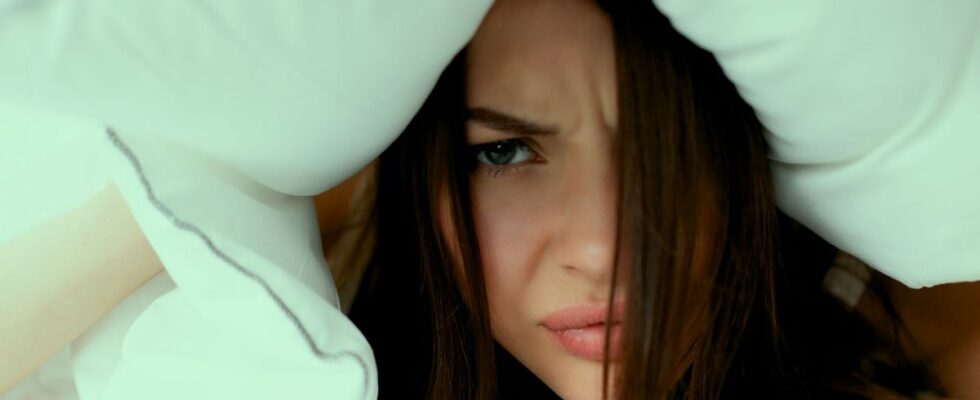Published on
Updated
Reading 1 min.
While a good night’s sleep can help maintain a fresh complexion and a beautiful glow, a poor position in bed can nevertheless create wrinkles on our face. And it’s science that says so.
Do you find yourself “crumpled” in the morning when you wake up in front of the mirror? If you look closely, you might even believe that new wrinkles have appeared… in the middle of the night? This is not necessarily an illusion. According to science, “sleep lines” exist and they depend on how you sleep. (Especially if you crush your pillow).
An effect of gravity… on the pillow
As the magazine explains Science Alertour skin wrinkles for a number of reasons, including agingdamage caused by the sun, smoking, poor hydration, habitual facial expressions… but also sleep.
When you sleep on your side or stomach, gravity presses your face against the pillow. The skin on your face is distorted because it is stretched, compressed, and pulled in all directions when you move while you sleep. And the loss of elasticity due to age doesn’t help matters. Result: wrinkles or fine lines from sleep settle in and last longer.
Can we avoid nighttime wrinkles?
Is waking up with more wrinkles than the day before inevitable? Yes and no. Certain tricks can promote skin elasticity such as a skincare routine based on hyaluronic acid which stimulates collagen production and adds hydration. Adopting silk sheets and pillowcases would also limit friction (our skin slides better there, without being stretched!).
But the only thing to do to slow down sleep wrinkles is to favor sleeping on your back. In general, let’s also remember that quitting smoking, drinking plenty of water, choosing a healthy diet and using sunscreen helps prevent and delay the appearance of wrinkles.

